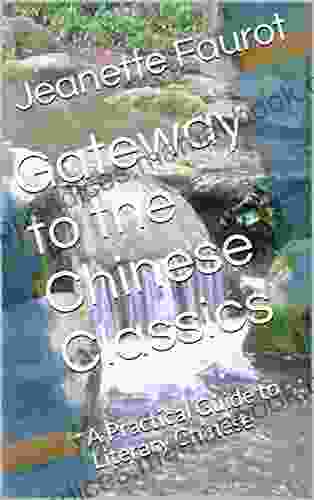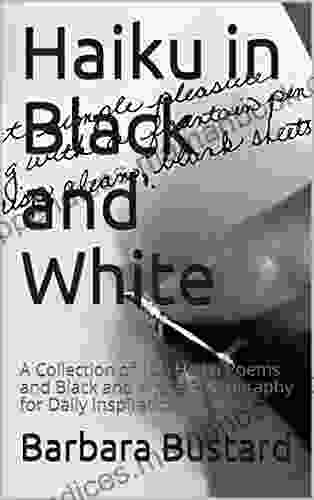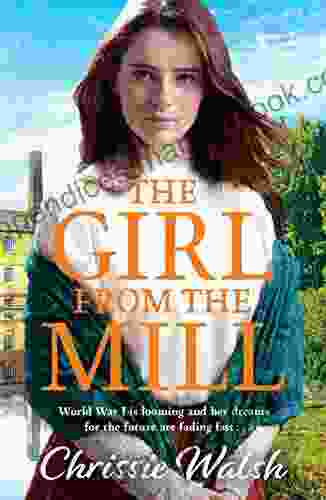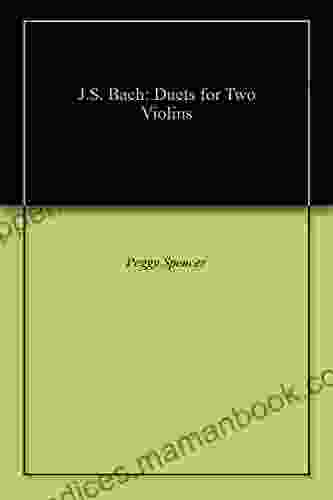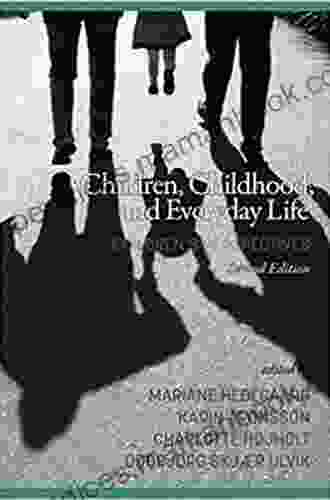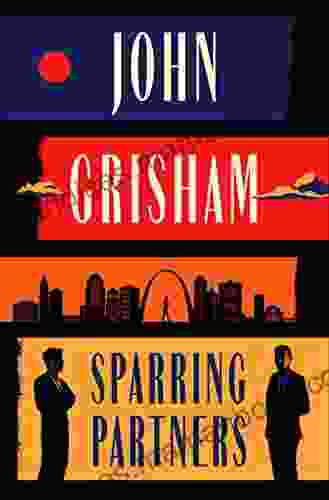A Comprehensive Guide to Mastering Literary Chinese

Literary Chinese, also known as Classical Chinese, is the written form of Chinese used from the Spring and Autumn period (771-476 BC) to the early 20th century. It was the language of government, scholarship, and literature for over two thousand years, and it remains an important part of Chinese culture and history.
In this comprehensive guide, we will explore the fascinating world of Literary Chinese. We will begin with the basics, such as the history of the language and the different types of characters used. We will then delve into the grammar and vocabulary of Literary Chinese, and we will conclude with a discussion of famous literary works written in the language.
The origins of Literary Chinese can be traced back to the oracle bone inscriptions of the Shang Dynasty (1600-1046 BC). These inscriptions were used for divination and other religious purposes, and they contain the earliest known examples of Chinese writing.
4.5 out of 5
| Language | : | English |
| File size | : | 49743 KB |
| Text-to-Speech | : | Enabled |
| Enhanced typesetting | : | Enabled |
| Print length | : | 144 pages |
| Screen Reader | : | Supported |
Over time, the Chinese writing system evolved and became more complex. By the time of the Han Dynasty (206 BC-220 AD),Literary Chinese had become the standard written language of China. It was used for all official documents, as well as for literature, history, and philosophy.
Literary Chinese remained the dominant written language of China for over two thousand years. However, in the late 19th and early 20th centuries, the language began to be replaced by Vernacular Chinese, which is the spoken language of China today.
There are two main types of Chinese characters: simplified characters and traditional characters. Simplified characters are the modern form of Chinese characters, and they are used in mainland China, Singapore, and Malaysia. Traditional characters are the older form of Chinese characters, and they are still used in Taiwan, Hong Kong, and Macau.
Literary Chinese is written using traditional characters. However, it is important to note that there are some differences between the traditional characters used in Literary Chinese and the traditional characters used in Vernacular Chinese.
The grammar of Literary Chinese is very different from the grammar of Vernacular Chinese. Literary Chinese has a more complex sentence structure, and it uses a different set of grammatical particles.
Here are some of the key features of Literary Chinese grammar:
- Subject-verb-object word order: Literary Chinese sentences typically follow a subject-verb-object word order.
- Use of grammatical particles: Literary Chinese uses a variety of grammatical particles to indicate the function of words and phrases.
- Complex sentence structure: Literary Chinese sentences can be very complex, and they often contain multiple clauses.
The vocabulary of Literary Chinese is also very different from the vocabulary of Vernacular Chinese. Literary Chinese contains a large number of words that are no longer used in spoken Chinese.
Here are some of the key features of Literary Chinese vocabulary:
- Archaic words: Literary Chinese contains a large number of archaic words that are no longer used in spoken Chinese.
- Technical terms: Literary Chinese also contains a large number of technical terms that are used in specific fields, such as literature, history, and philosophy.
- Figurative language: Literary Chinese makes extensive use of figurative language, such as metaphors, similes, and allusions.
Literary Chinese has been used to write some of the most famous works of Chinese literature. These works include:
- The Analects of Confucius: This collection of sayings and teachings by Confucius is one of the most important works in Chinese literature.
- The Book of Songs: This collection of poems is one of the oldest surviving works of Chinese literature.
- The Romance of the Three Kingdoms: This historical novel is one of the most popular works of Chinese literature.
- The Dream of the Red Chamber: This novel is considered to be one of the greatest works of Chinese literature.
Learning Literary Chinese can be a challenging but rewarding experience. It is a language that is rich in history, culture, and literature. By mastering Literary Chinese, you can open up a world of classic Chinese literature and gain a deeper understanding of Chinese culture.
If you are interested in learning Literary Chinese, there are a number of resources available to you. You can find textbooks, online courses, and even apps that can help you get started. With a little effort, you can master Literary Chinese and enjoy the many benefits that it has to offer.
4.5 out of 5
| Language | : | English |
| File size | : | 49743 KB |
| Text-to-Speech | : | Enabled |
| Enhanced typesetting | : | Enabled |
| Print length | : | 144 pages |
| Screen Reader | : | Supported |
Do you want to contribute by writing guest posts on this blog?
Please contact us and send us a resume of previous articles that you have written.
 Top Book
Top Book Novel
Novel Fiction
Fiction Nonfiction
Nonfiction Literature
Literature Paperback
Paperback Hardcover
Hardcover E-book
E-book Audiobook
Audiobook Bestseller
Bestseller Classic
Classic Mystery
Mystery Thriller
Thriller Romance
Romance Fantasy
Fantasy Science Fiction
Science Fiction Biography
Biography Memoir
Memoir Autobiography
Autobiography Poetry
Poetry Drama
Drama Historical Fiction
Historical Fiction Self-help
Self-help Young Adult
Young Adult Childrens Books
Childrens Books Graphic Novel
Graphic Novel Anthology
Anthology Series
Series Encyclopedia
Encyclopedia Reference
Reference Guidebook
Guidebook Textbook
Textbook Workbook
Workbook Journal
Journal Diary
Diary Manuscript
Manuscript Folio
Folio Pulp Fiction
Pulp Fiction Short Stories
Short Stories Fairy Tales
Fairy Tales Fables
Fables Mythology
Mythology Philosophy
Philosophy Religion
Religion Spirituality
Spirituality Essays
Essays Critique
Critique Commentary
Commentary Glossary
Glossary Bibliography
Bibliography Index
Index Table of Contents
Table of Contents Preface
Preface Introduction
Introduction Foreword
Foreword Afterword
Afterword Appendices
Appendices Annotations
Annotations Footnotes
Footnotes Epilogue
Epilogue Prologue
Prologue Bree M Lewandowski
Bree M Lewandowski Brian Cambourne
Brian Cambourne Nikki Van De Car
Nikki Van De Car Yakshi Arora
Yakshi Arora Susan Buchholz
Susan Buchholz Barbara Wood
Barbara Wood Melissa Small
Melissa Small Cliff Kuang
Cliff Kuang Claudio Ceni
Claudio Ceni Olivia Rana
Olivia Rana Machado De Assis
Machado De Assis Stephen Puleo
Stephen Puleo Tilda Shalof
Tilda Shalof Elaine Cunningham
Elaine Cunningham Maci Bookout
Maci Bookout Linda Griffiths
Linda Griffiths Ellen Evert Hopman
Ellen Evert Hopman Edugorilla Prep Experts
Edugorilla Prep Experts Cat Porter
Cat Porter Mark J Garrison
Mark J Garrison
Light bulbAdvertise smarter! Our strategic ad space ensures maximum exposure. Reserve your spot today!

 Yasushi InoueCrossings: A Captivating Journey of Love, Loss, and Redemption Explored in...
Yasushi InoueCrossings: A Captivating Journey of Love, Loss, and Redemption Explored in...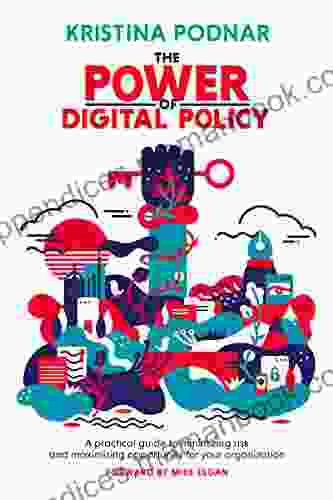
 Johnny TurnerThe Power of Digital Policy: Shaping the Future of Governance and Innovation
Johnny TurnerThe Power of Digital Policy: Shaping the Future of Governance and Innovation Albert ReedFollow ·2.2k
Albert ReedFollow ·2.2k James HayesFollow ·11.8k
James HayesFollow ·11.8k Jamie BlairFollow ·5.6k
Jamie BlairFollow ·5.6k Jeremy MitchellFollow ·18.2k
Jeremy MitchellFollow ·18.2k Stan WardFollow ·15.4k
Stan WardFollow ·15.4k William WordsworthFollow ·14.4k
William WordsworthFollow ·14.4k Carlos FuentesFollow ·13.6k
Carlos FuentesFollow ·13.6k Amir SimmonsFollow ·15.1k
Amir SimmonsFollow ·15.1k
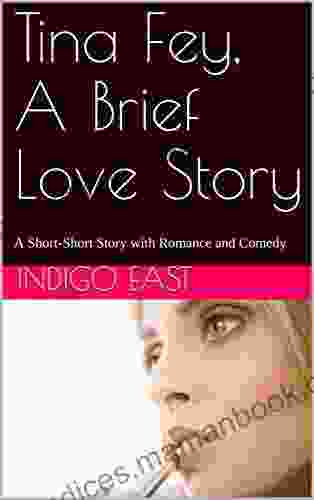
 Jamie Blair
Jamie BlairA Delightful Blend of Love and Laughter: Exploring Short...
In the realm of literature, where imagination...
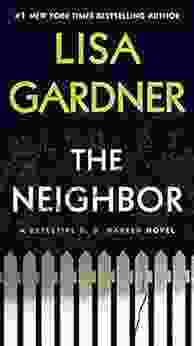
 Gary Cox
Gary CoxDetective Warren: A Gripping Tale of Suspense and...
Step into the enigmatic world of Detective...
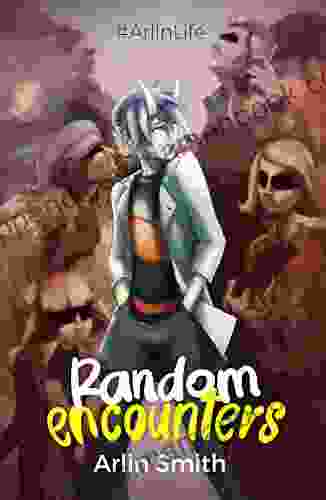
 Junot Díaz
Junot DíazArlinlife Random Encounters: An In-Depth Exploration of...
Arlinlife Random Encounters is a...
4.5 out of 5
| Language | : | English |
| File size | : | 49743 KB |
| Text-to-Speech | : | Enabled |
| Enhanced typesetting | : | Enabled |
| Print length | : | 144 pages |
| Screen Reader | : | Supported |


